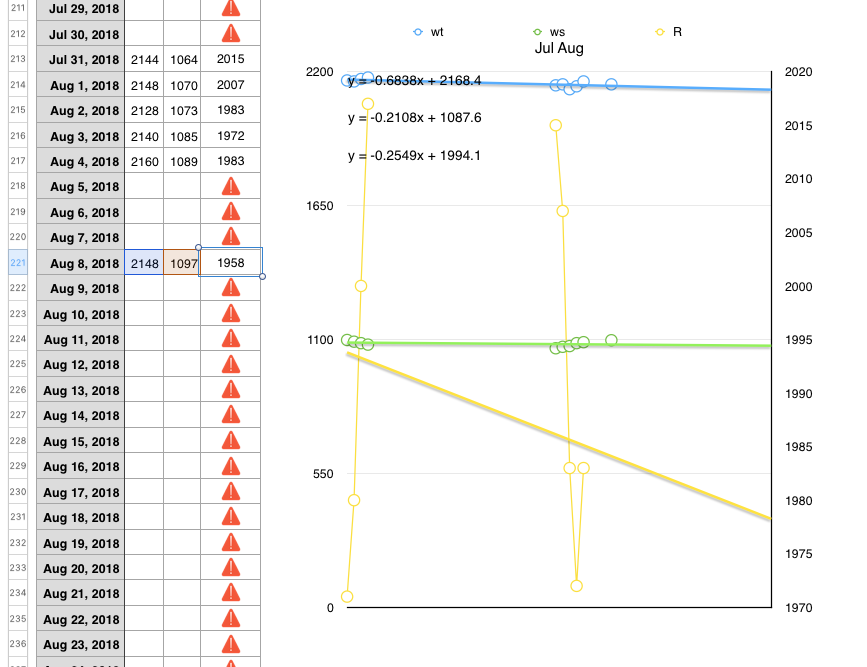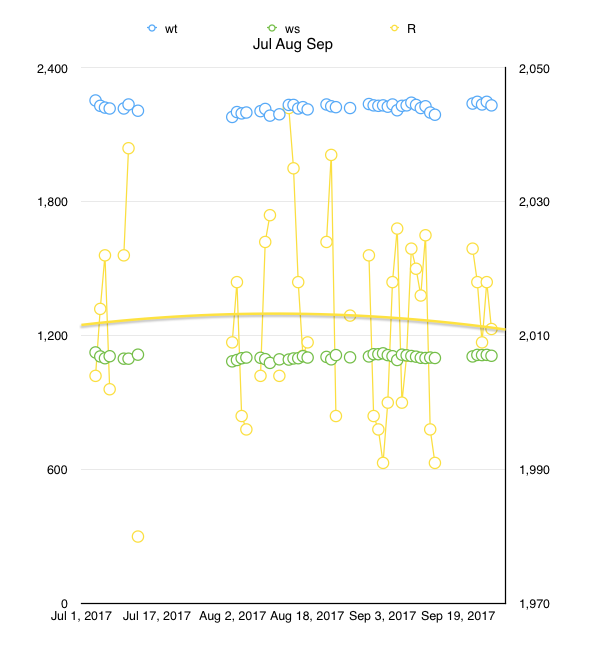Another factor to consider is that this was a study in “lean” adults, and it is possible that results would be different if the investigators included people who actually need to lose weight.
~ Peter Attia from, Is alternate-day fasting superior to calorie restriction for fat loss in lean adults?
slip:4upeia1.
Some times I read stuff that is really disappointing. (This is one such case, don’t bother clicking through.) Attia’s content is almost entirely really good… no idea what happened here.
My BMI is currently above 33. Say what you will about BMI—but, please don’t, I know what you’re considering telling me—but I am over-weight. I should drop 20 pounds. Then drop another 20 pounds… and guess what. I still wouldn’t be down to a BMI where they’d let me into the study Attia was writing about. What— why would you do a weight-loss study on people whose weight is, (according to BMI,) normal?? Face palm.
Here’s what I know about alternate day fasting: It really works if you are fat, (like me.) Presuming your body can metabolize fat—caution, the average western diet down-regulates that ability to near zero… But presuming your body can metabolize fat, a day of not eating is pleasant. I’m serious. And then the second morning, 40+ hours of not eating, I’m actually hungry. Meanwhile, my body just used up thousands of calories of fat. Then I simply go back to eating. Anyway. That’s my experience.
ɕ

